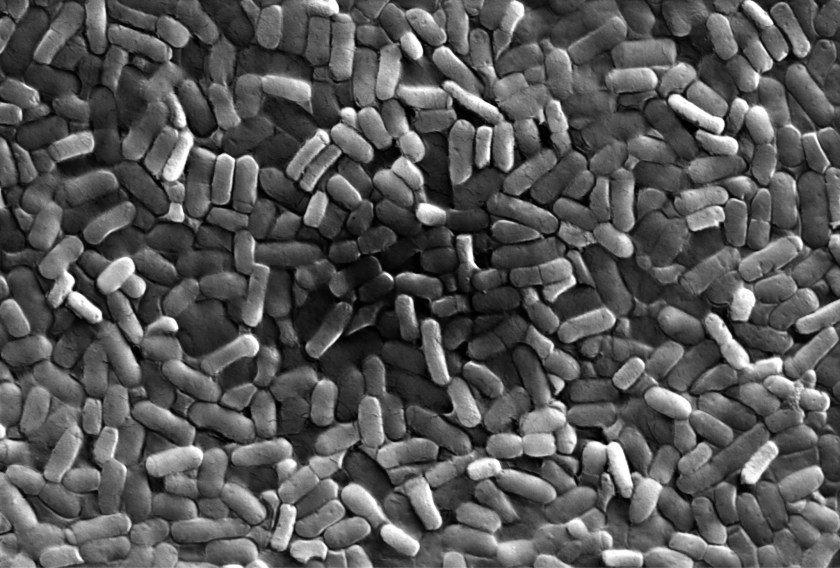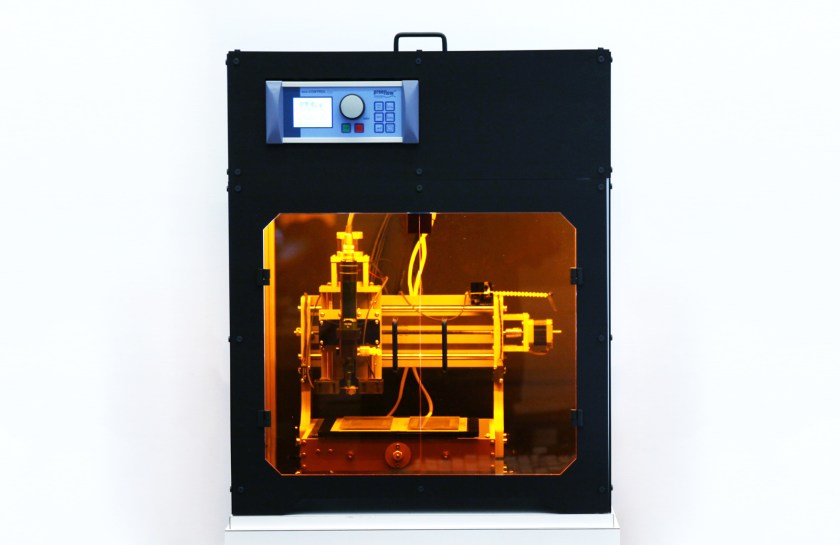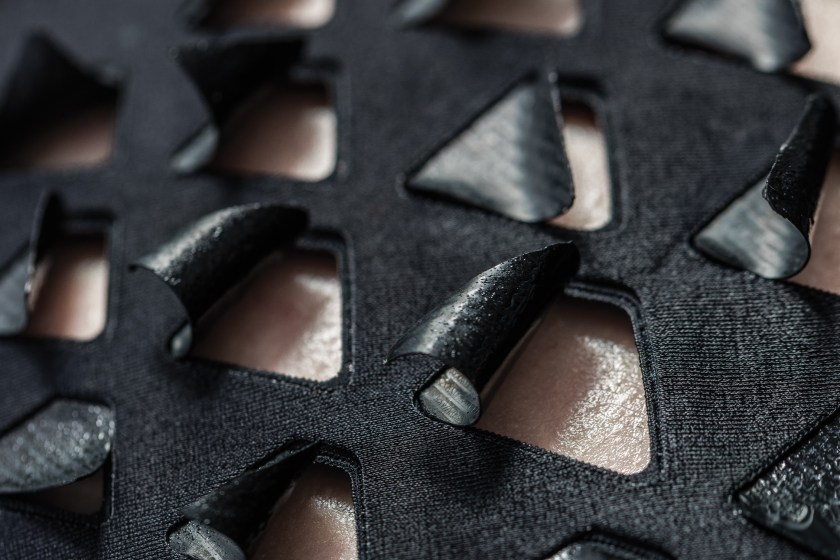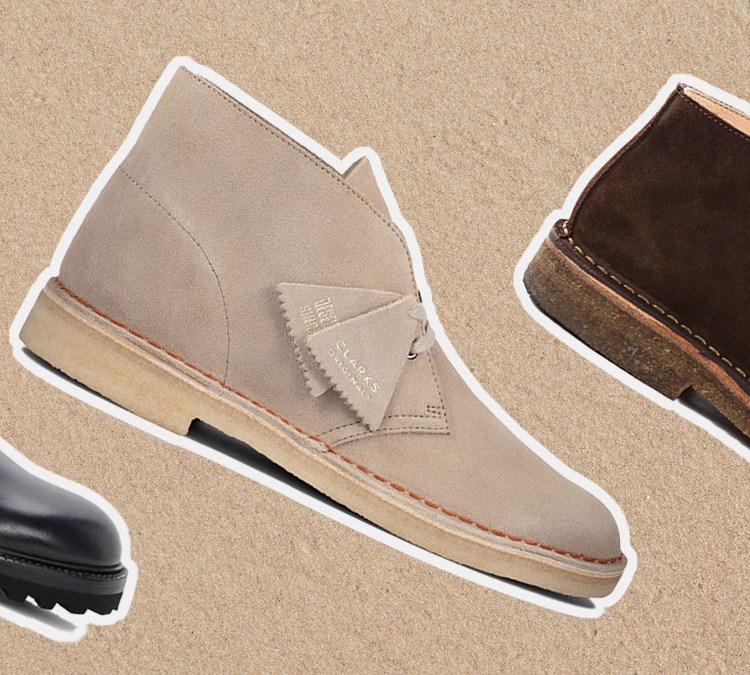The future of “smart clothing” may not be tech-infused materials, but bacteria-infused ones. Researchers from MIT’s Chemical Engineering Department partnered with New Balance to create a fabric that adapts to external stimuli in a process powered by bacteria woven inside it. In other words, the clothing is alive.
“Second Skin” uses Bacillus subtilus bacteria—commonly found in the Japanese food natto—that is printed into the threads of the fabric to create clothing that reacts to body heat and sweat. The material is being marketed as the future of activewear because it can automatically adapt to cool you off. Arranged using heat maps of the human body, flaps are cut into the cloth to act as ventilation when it grows or contracts.

The “Second Skin” fabric is coated with the natto bacteria on the inside and outside using a proprietary machine that’s basically a cross between a 3D-printer and petri dish. This “bioPrinter” machine, as it’s being called, works by printing the bacteria cells so that they’re essentially being programmed to react in a specific way. From there, the biosynthetic material is integrated with traditional fabric to be manufactured into clothing.

This “Second Skin” fabric was born out of MIT Media Lab’s bioLogic, an initiative researching responsive materials with the use of living organisms. bioLogic’s design is groundbreaking in its efficiency. Instead of manufacturing smart clothing, bioLogic is essentially growing it. (To learn more about how this is done, read about the proprietary bioPrinter here.)
MIT researchers are looking beyond clothing for applications of this nascent concept. “In the future, we hope to further develop this platform for more versatile printing, more functional material printing, as well as more sophisticated applying 3D structures generation,” they wrote in their study. To learn more about bioLogic’s potential and how its “Second Skin” works, watch the video below.
This article was featured in the InsideHook newsletter. Sign up now.






















